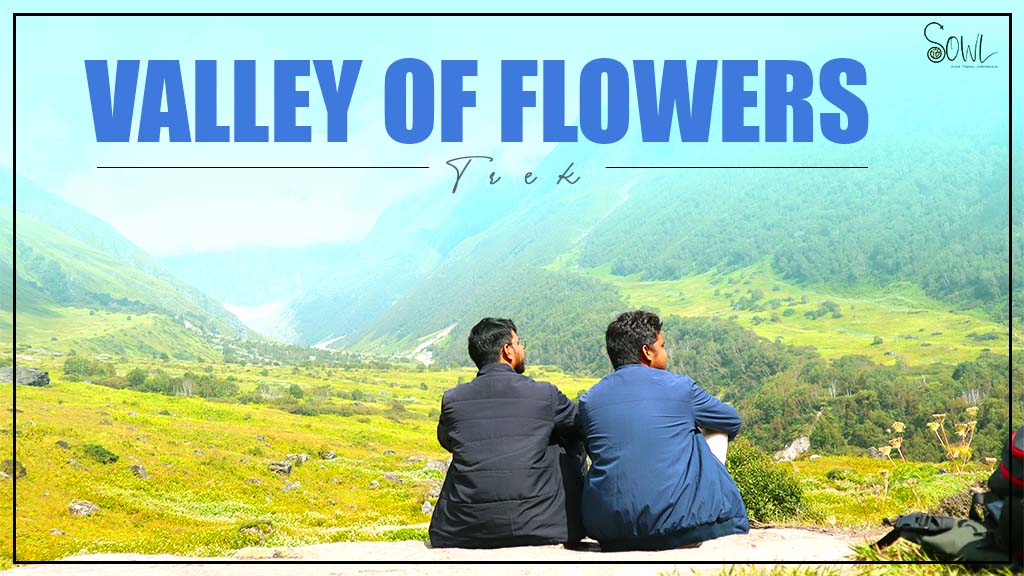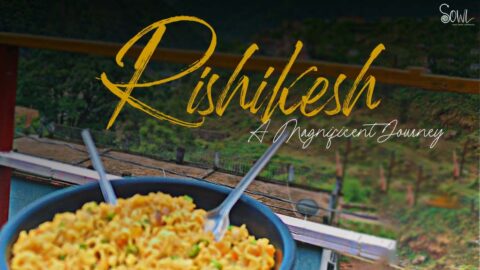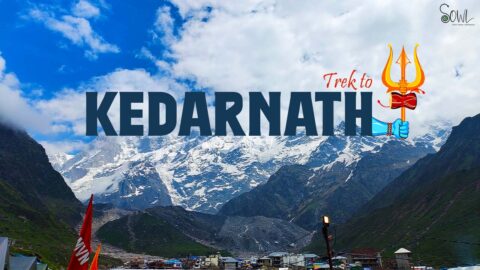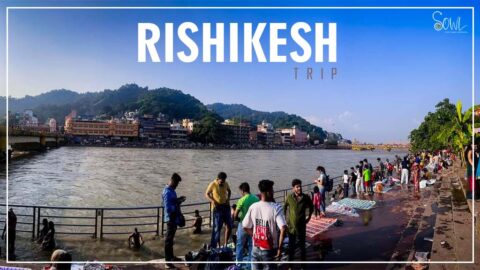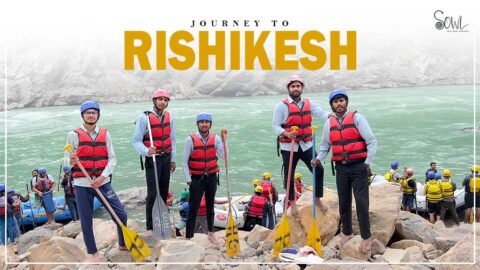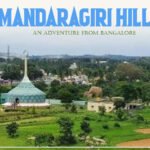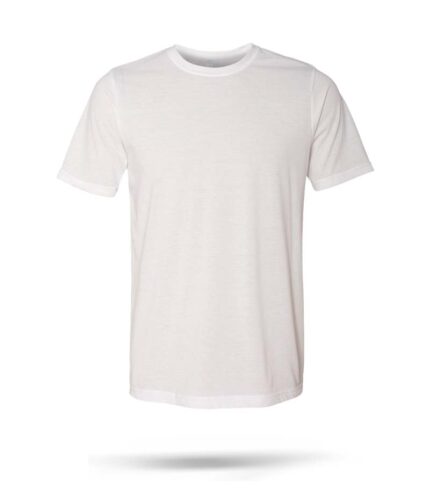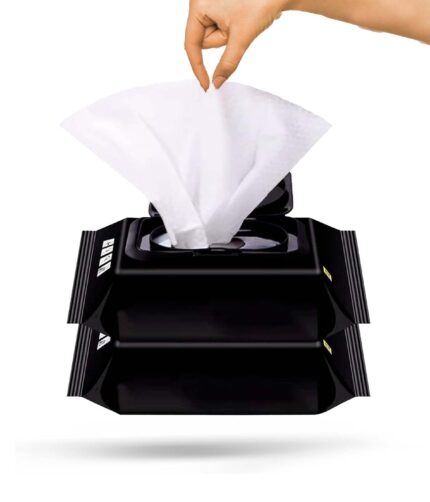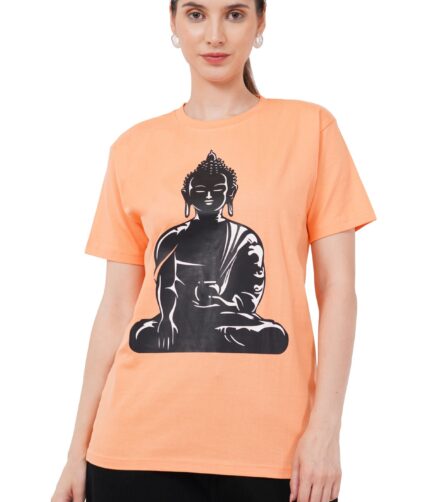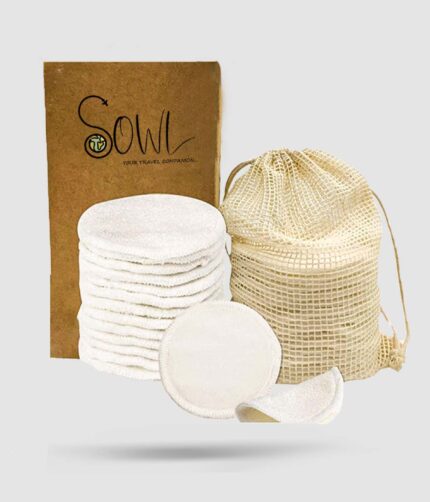Hello trekkers!!!
In the heart of the Indian Himalayas lies a place of unparalleled beauty, where every step feels like a brushstroke on nature’s canvas. Welcome to the Valley of Flowers, a trekker’s paradise and a botanist’s dream come true. Join me, Manish, as I take you on an unforgettable journey through this enchanting realm of biodiversity and serenity.
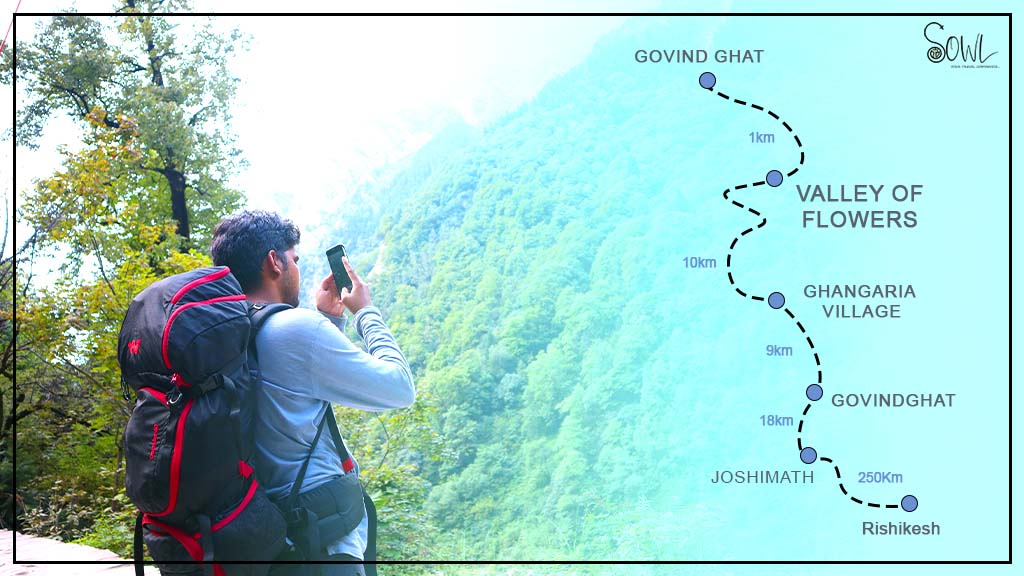
Route from Rishikesh to Joshimath:
Starting from Rishikesh, you will head northwest on NH7 towards Devprayag. This scenic drive spans approximately 250 km, with an expectation to reach Joshimath in around 10 to 11 hours. This estimate factors in occasional breaks and potential traffic delays along the route.

Valley of Flowers: A Paradise Painted in Blooms
The Valley of Flowers, aka Phoolon Ki Ghati in Uttarakhand, is a stunning spot nestled in the West Himalayas. Discovered by mountaineer Frank S. Smith in 1931, it sits at 12140 feet and became a national park in 1982. A slice of heaven, it’s now a UNESCO World Heritage Site.
Enjoy the peace that permeates the valley. Trekking for a few hours could be a little challenging, but once you are in the valley, everything will seem impossible. You will be treated to a visual feast as you observe the various varieties of Himalayan flowers. The valley is also endowed with a variety of flowers that, with time, took on shades of color. Brahma Kamal, a famous Himalayan flower, blossoms in July and August.
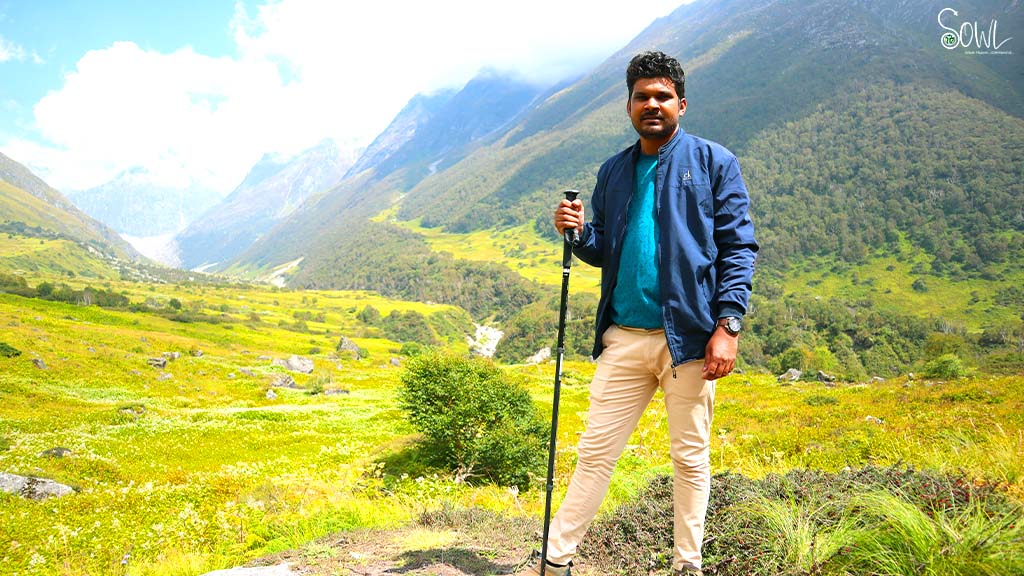
5-Day Itinerary of the Valley of Flowers Trek
Base Camp is located either at Joshimath Market or Govind Ghat.
- On Day 1, we will drive from Rishikesh to Joshimath, covering a distance of 250 km in approximately 10 to 11 hours, and then stay overnight at a hotel in Joshimath.
- Also, on Day 2, we’ll drive from Joshimath to Govindghat, a short 18-kilometre journey taking around 1 hour. From there, we’ll begin our trek to Ghangaria Village, situated at an altitude of 10,101 feet. The trek covers 9 km and will take approximately 6 to 8 hours. We’ll spend the night at a Ghangaria hotel.
- Moreover, on Day 3, we’ll embark on an early morning trek from Ghangaria to the Valley of Flowers, covering a distance of 10 km. The trek typically takes around 4 to 5 hours. We recommend starting at 5 a.m. to ensure we return to Ghangaria by 5 p.m..
- Even on Day 4, we’ll trek from Ghangaria to Govind Ghat, a distance of 9 km, which usually takes around 5 to 6 hours. Afterwards, we’ll drive back to Joshimath, a journey of about 1 hour, and spend the night resting there.
- Furthermore, on Day 5, we’ll take a taxi from Joshimath back to Rishikesh, covering a distance of 250 km in approximately 10 to 11 hours.
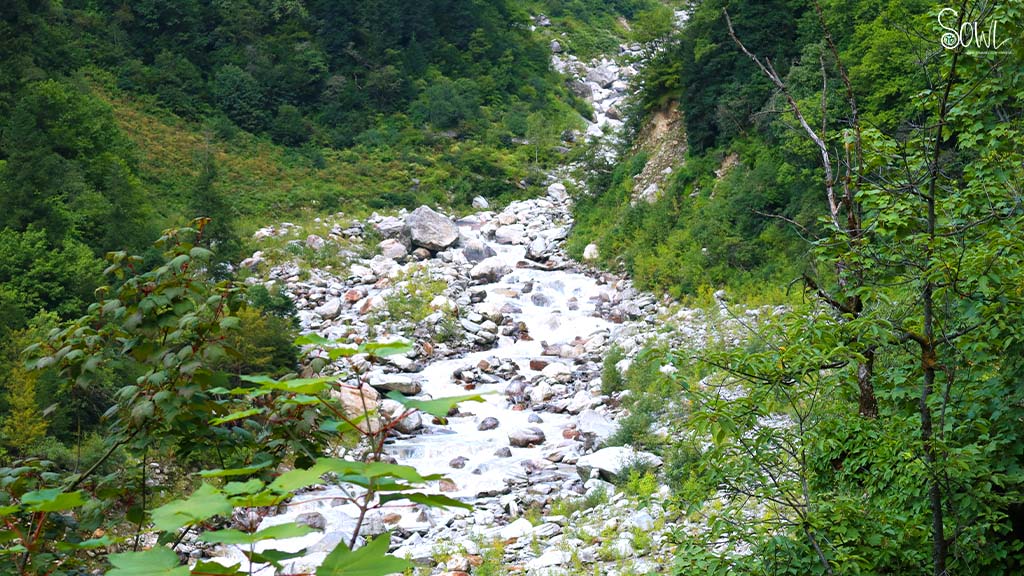
Things to do in the Valley of Flowers:
- Trekking: The most popular activity in the Valley of Flowers is trekking. There are many trails to choose from, but all of them offer stunning views of the Himalayas and the valley below.
- Witness Exotic Flowers: The valley is home to over 500 species of flowers, including many that are endemic to the region. The best time to see the flowers in bloom is from July to September.
- Bird Watching: The valley is also a great place for bird watching. You can see a variety of birds, including some that are endangered, such as the Himalayan monal and the snow leopard.
- Visit Hemkund Sahib: Hemkund Sahib is a Sikh pilgrimage site located near the Valley of Flowers. It is a beautiful spot and a great place to learn about Sikh culture.
- Village Strolls: Ghangaria is the last village on the way to the Valley of Flowers. It is a great place to relax and experience the local culture. You can also go for a walk in the surrounding hills.
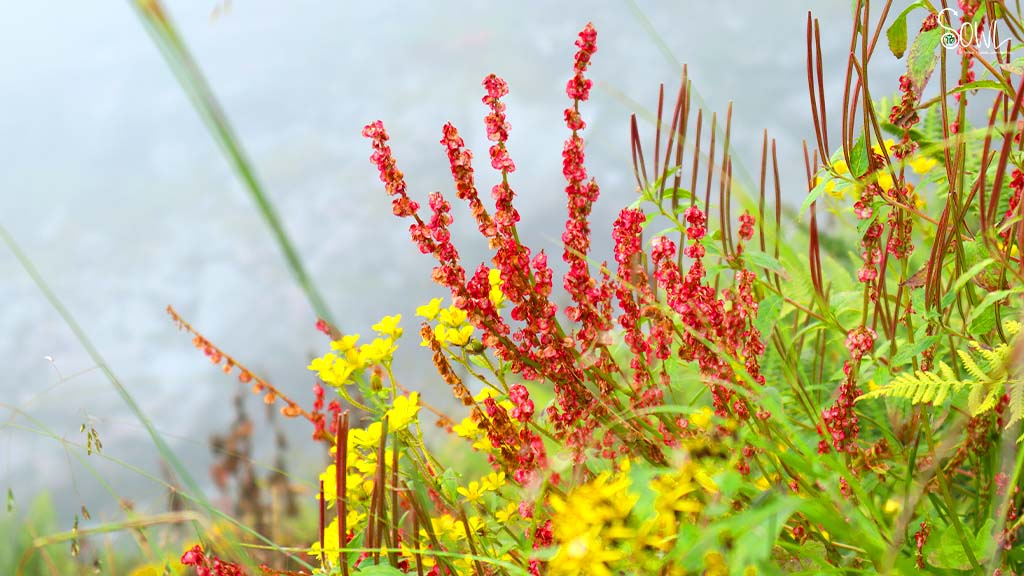
Hidden Gem: A Variety of Flowers Seen During the Trek
Some of the varieties of flowers that you can see during the trek, as we listed from the direction boards and official sources, are:
- Aconitum Violaceum
- Allium Humile
- Aconitum-Balfourii
- Blue Poppy
- Geranium Robertianum
- Himalayan Slipper Orchid
- Impatiens Sulcata
- Brahma Kamal
- Arisaema Jaquemontii
- Bistorta Affinis
- Cuscuta Europaea
- Erigeron Multiradiatus
- Dactylorhiza Hatagirea
- Campanula Latifolia
- Fritillaria Roylei
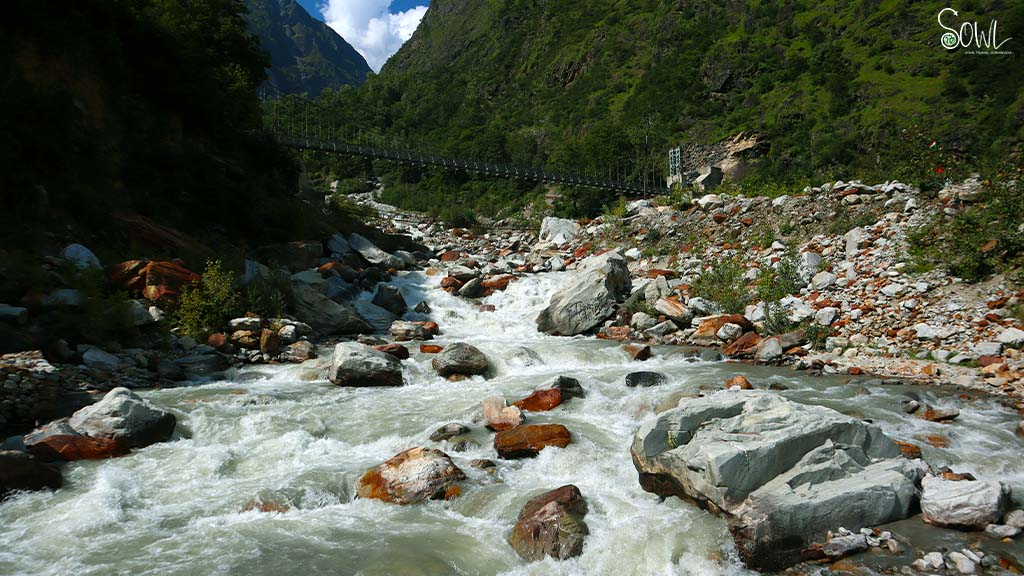
The Best Time to Visit the Valley of Flowers:
Plan your visit between the end of July and the end of August for the most vibrant display of blooming flowers in the valley. The weather is nice for trekking, even though it’s the monsoon season. Trekking during this time can be really enjoyable.
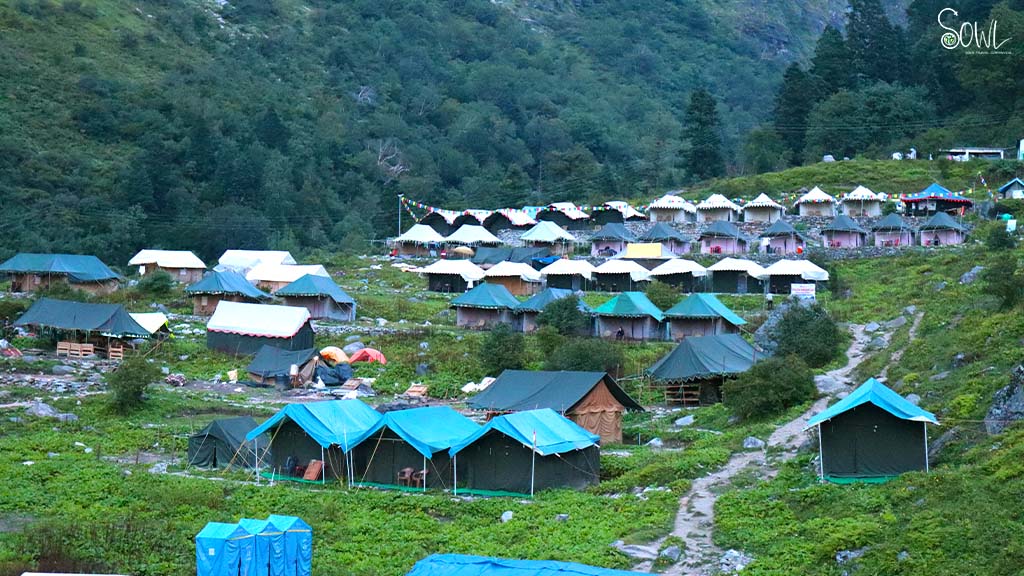
Necessary Things to Pack:
- Bring food that you can carry since there are no shops during the trek. Bring a water bottle; water from natural sources is safe to drink.
- Pack rain gear and sturdy shoes, especially if trekking in July or August, when it may rain a lot. More rain means more flowers along the way.
- Carry a bag for waste and use bins for trash to keep nature clean.
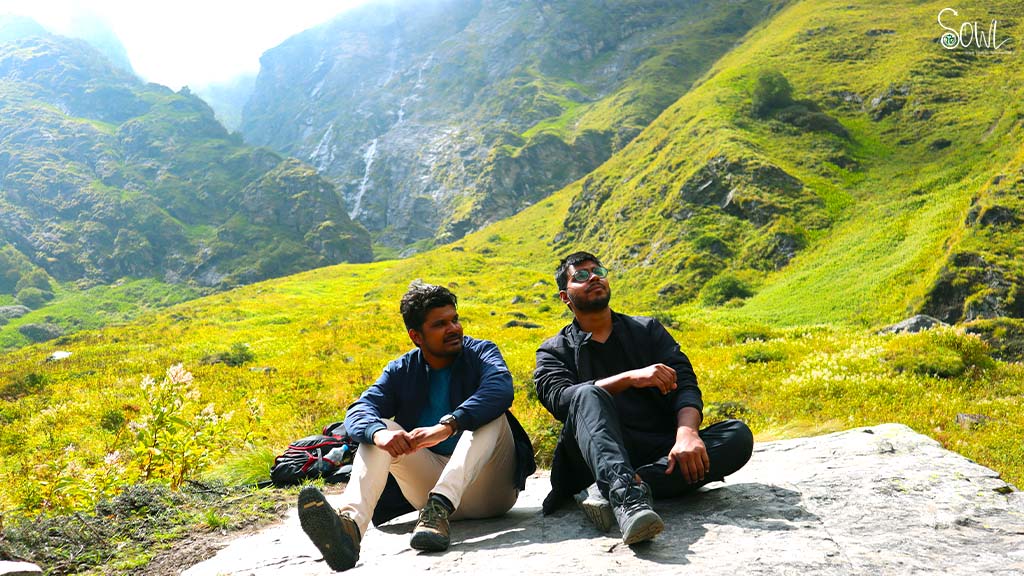
Tips for travellers:
- Joshimath has plenty of hotels, while Govindghat has limited options. But Govindghat offers a Gurudwara for a free stay.
- Also, for Ghangaria aim for an early start (7-8 a.m.) to grab a good hotel and rest up. The next day’s trek will be very early.
- Moreover, the Valley of Flowers trek starts early. Entry is from 5 a.m. to 5 p.m. You can still visit later, but aim for 5 a.m. to explore further and see the glacier.
- Mobile networks are only available in Govindghat and Ghangaria, not during the trek. You can use your phone to take photos.
- Likewise, don’t bring alcohol or drugs; you’ll be checked at the entry and face consequences if found with them. Plus, they slow you down and make breathing hard during the trek.
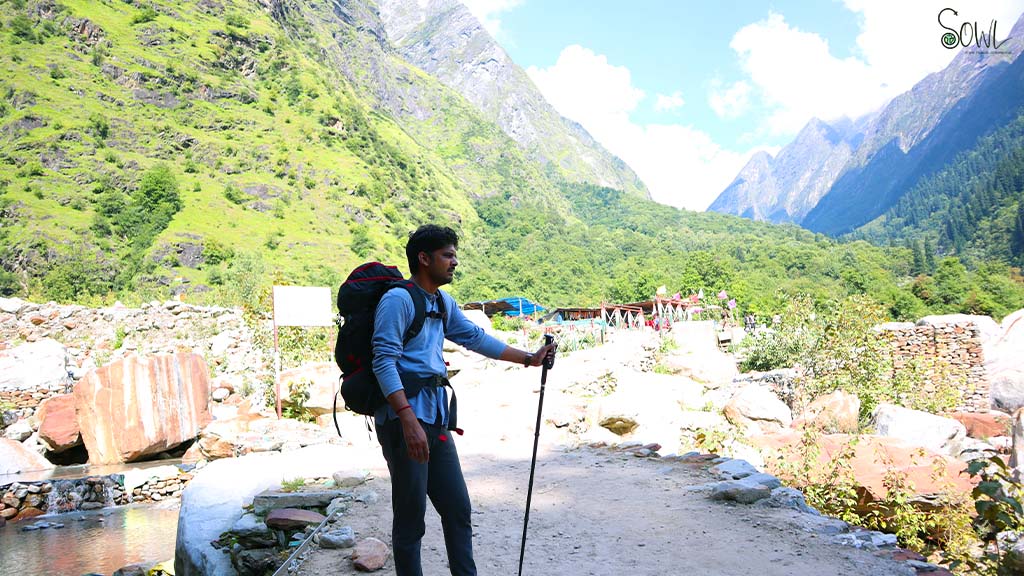
It’s a journey I will cherish forever, a reminder that sometimes the most extraordinary adventures are found in the simplest of places. So, explore amazing travel stories at Sowl: https://sowl.in/stories,incredible adventures await. Happy travels!


